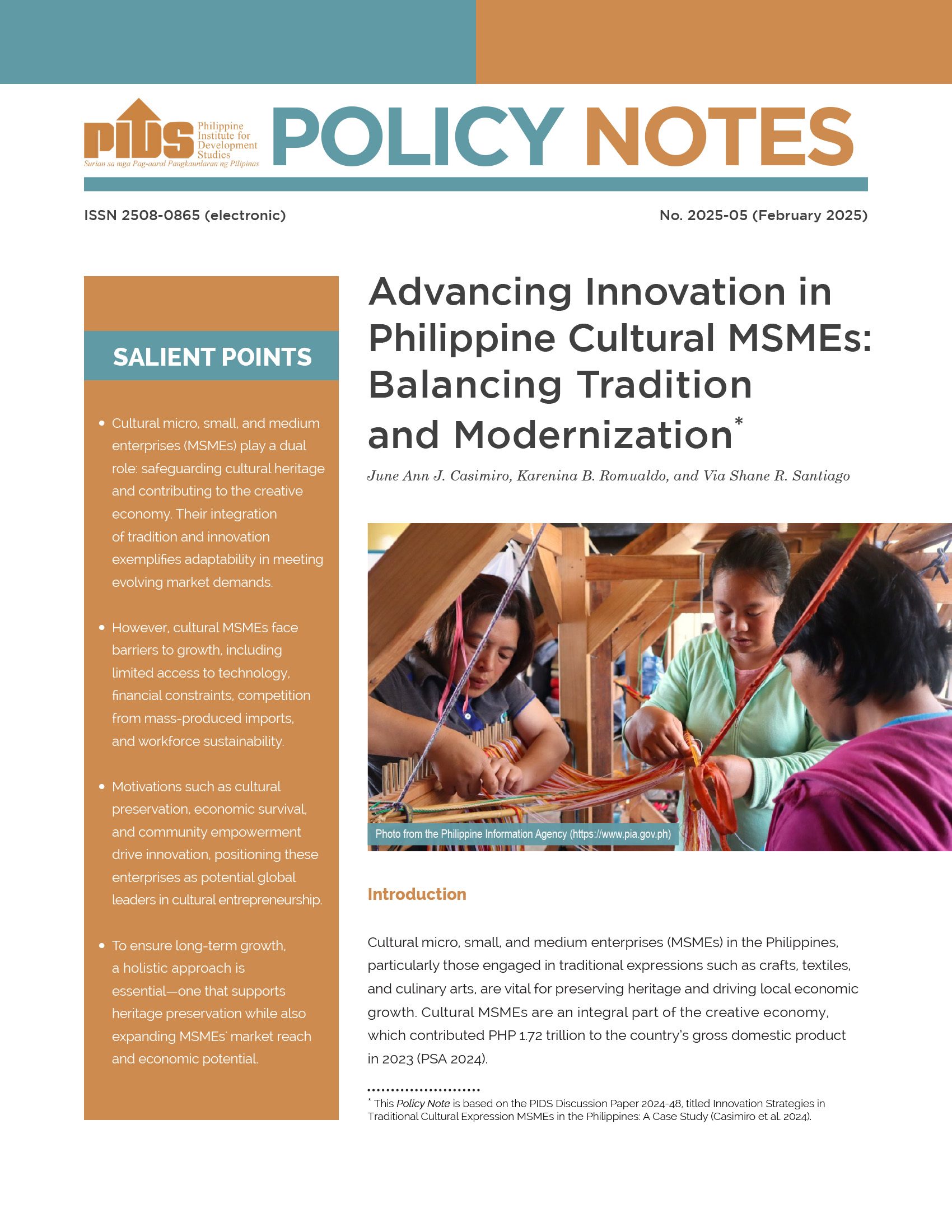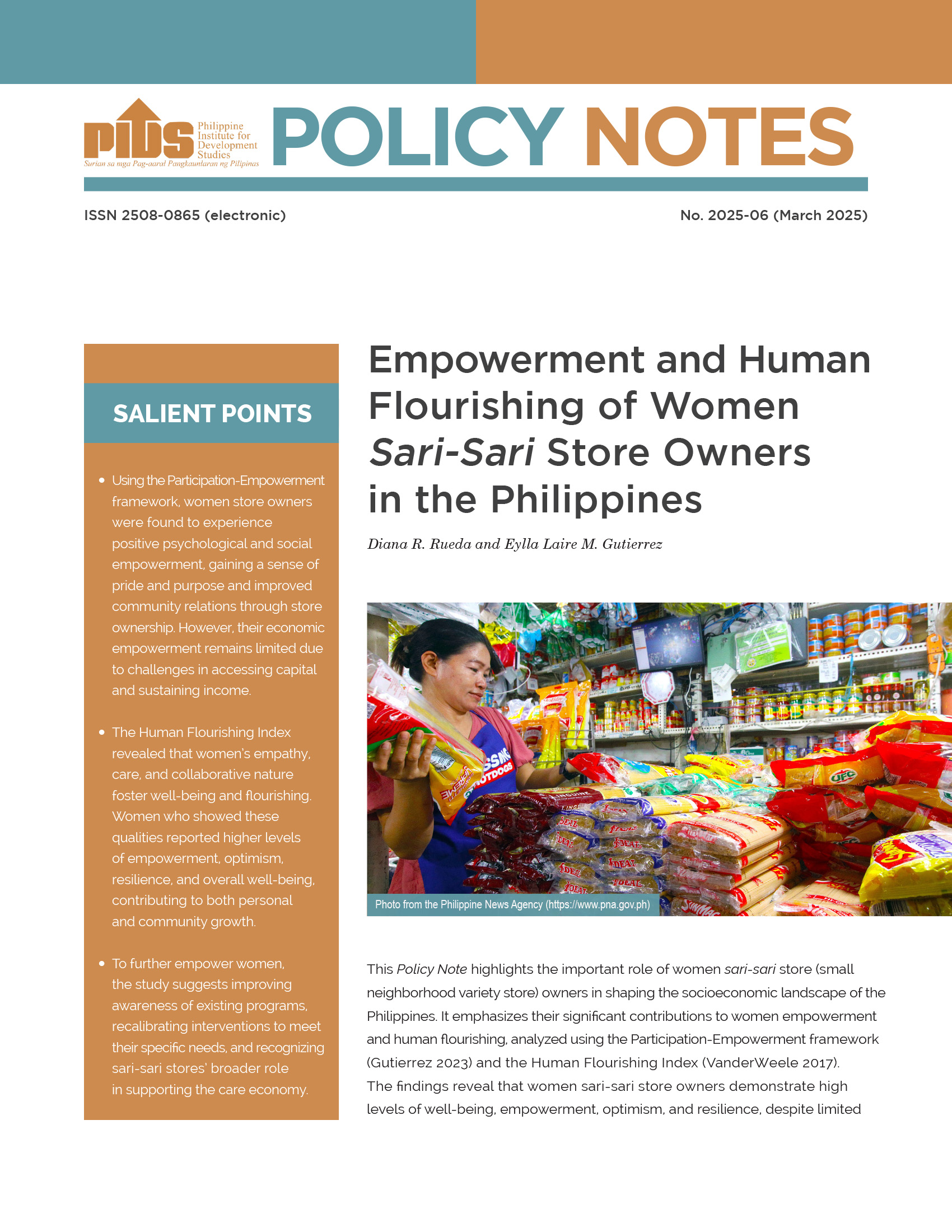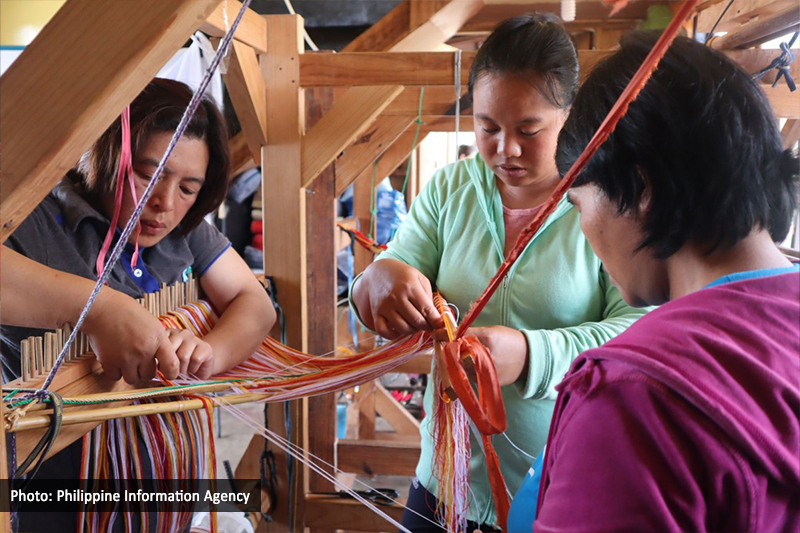Quantitative restrictions (QR) on rice importation have not worked for us. Much of the benefits from price support have been captured by the rice millers, middlemen, traders, and retailers. But the small rice farmers remain poor.
Worse this policy artificially kept domestic rice prices very high relative to the prices in the open global market to the detriment of all consumers, including the small rice farmers themselves who buy rice after exhausting the supplies they keep for their own consumption.
We compounded our problem with the policy of “buying high and selling low” which led to huge losses to the National Food Authority (NFA) which the national government (meaning, all of us) have to pay for through annual appropriations and forgone taxes. Moreover, since the NFA can afford to buy only less than 5% of the total supply, its impact on prices is illusory and at best temporary and paliative.
Worst still the management of that 5% NFA supply left much to be desired with alleged overpricing; inequitable distribution of cheap NFA rice to favored parties; re-bagging of NFA rice and re-sale as commercial rice by unscrupulous millers and traders and, now and then, reports of rotting rice in some of the NFA warehouses.
Clearly the better option is the total lifting of quantitative restrictions and their replacement with tariffs as we have committed to under the General Agreement on Tariffs and Trade (GATT) of the World Trade Organization (WTO) in the Uruguay Round Trade Agreement in 1995. For the Philippines, rice was initially exempted from this agreement up to 2005 to allow time for our domestic rice industry to prepare for the competition. We received special treatment to extend the exemption up to 2012, and, a second time up to June, 2017.
In agreeing to the second extension, our trading partners exacted concessions in the imports of meat, poultry, fruits and vegetables. Successfully negotiating for another extension is unlikely and does not make sense. The non-rice concessions which our trading partners will certainly impose on us in the end will cost us more.
However, since QR in the importation of rice is enshrined in R.A. No. 8178, otherwise known as the Agricultural Tariffication Act of 1996, the same need to be repealed/amended by an act of Congress. Hence, we support the bills in Congress filed by Congressman Arthur Yap in the Lower House, and Senator Ralph Recto in the Senate to lift the rice QR and replace it with a modest tariff of 35%.
Both bills have several provisions in common, which we support, namely:
1)all duties collected from rice tariffs to accrue to a Rice Competitiveness Enhancement Fund exclusively earmarked to support the rice industry;
2) an enumeration of programs and activities that will enhance productivity, competitiveness and incomes of rice farms;
3) requirement for the Department of Agriculture (DA) and the relevant agencies to finalize the Rice Industry Road Map within 180 days after the enactment of the law on rice tariffication, and very importantly,
4) the Rice Competitiveness Enhancement Fund SHALL NOT REPLACE the DA’s rice program budgetary allocation, but should be “complementary and supportive of the various and current funding assistance windows and programs of DA and other government institutions.”
The previous week’s column (24 June 2018) “When 95 percent is better than 100 percent,” is an elaboration of what we can do to make our rice farmers more productive, more competitive and earn more in the medium- to the long-term. These measures will take time to put into place and their impact felt. But the consequences of the lifting of rice QR leading to depressed farm gate prices of palay (hence of rice farmers’ incomes) is dramatic, immediate and potentially traumatic.
Unfortunately, both of the pending bills in Congress on rice tariffication gloss over this very important point. Crop diversification, multiple cropping and transition to alternative livelihoods by affected rice farmers will take more than five years. Ten years is the more realistic time frame. They need the safety nets NOW!
Decoupled Payments
as Safety Nets
Safety nets are needed to cushion the adverse impact of lower farm gate prices of palay on the welfare of rice farmers. There are three basic options, namely: 1) the conventional price support and procurement programs, 2) deficiency payments to individual rice farmers when the market price falls below a bench mark price, and 3) decoupled payments to all rice farmers to help them adjust to the free market of rice, not related to price and quality of rice they produce, but time bound and reduced over time.
We have been implementing price support and rice procurement all these years. They have not worked and no reason they will work now. Deficiency payments are unwieldy, time consuming and costly to implement, and worse, prone to corruption. Best is by decoupled payments whose only requirement is that the beneficiary farmer be a bonafide rice farmer enrolled in the Registry System for Basic Sectors in Agriculture (RSBSA).
We therefore support the proposal of the Philippine Institute of Development Studies (PIDS), put forward by Roehlano Briones, Ivory Myka Galang and Lovely Ann Tolin to provide direct payments to all rice farmers based on area cultivated (with a ceiling) over a transition period of say 10 years.
The payments will be sourced from the tariffs collected from rice imports which Briones et al. estimated could amount to P27–P28 billion every year for rice imports which could reach 4.4 million tons per year.
These decoupled payments should be part of the Arthur Yap/Ralph Recto rice tariffication bills. The details however should be worked out.
*****
Dr. Emil Q. Javier is a Member of the National Academy of Science and Technology (NAST) and also Chair of the Coalition for Agriculture Modernization in the Philippines (CAMP).
For any feedback , email eqjavier@yahoo.com.<












